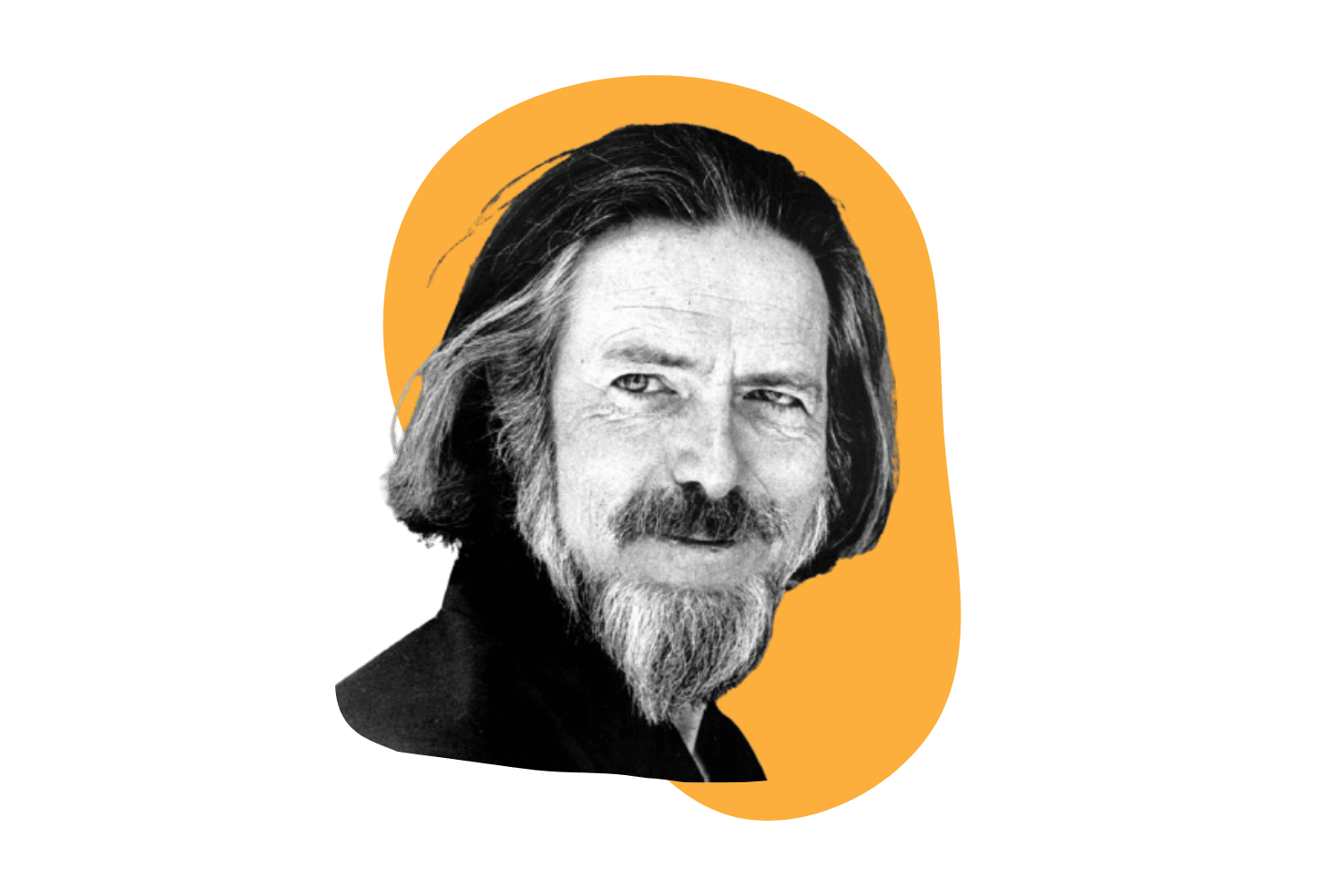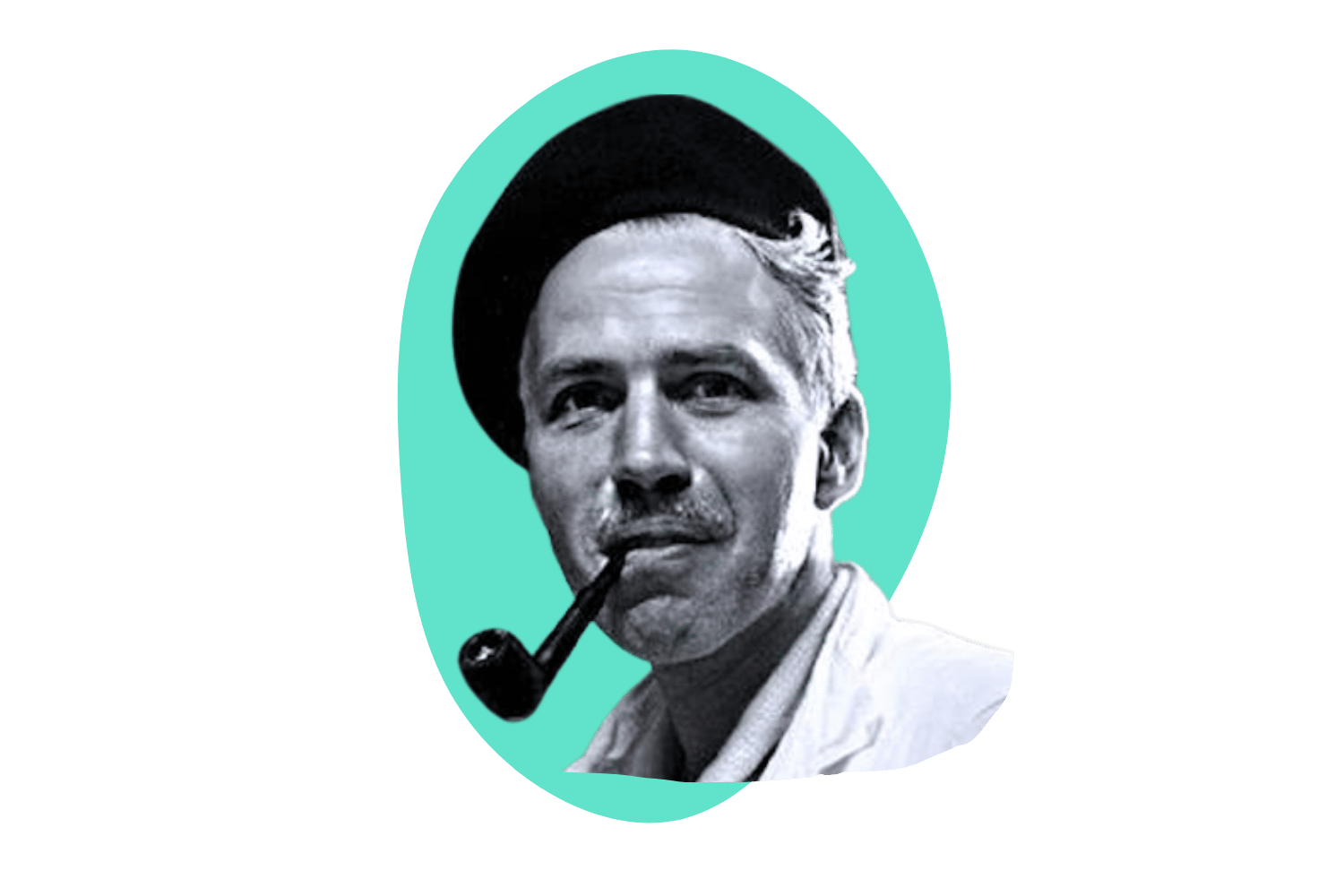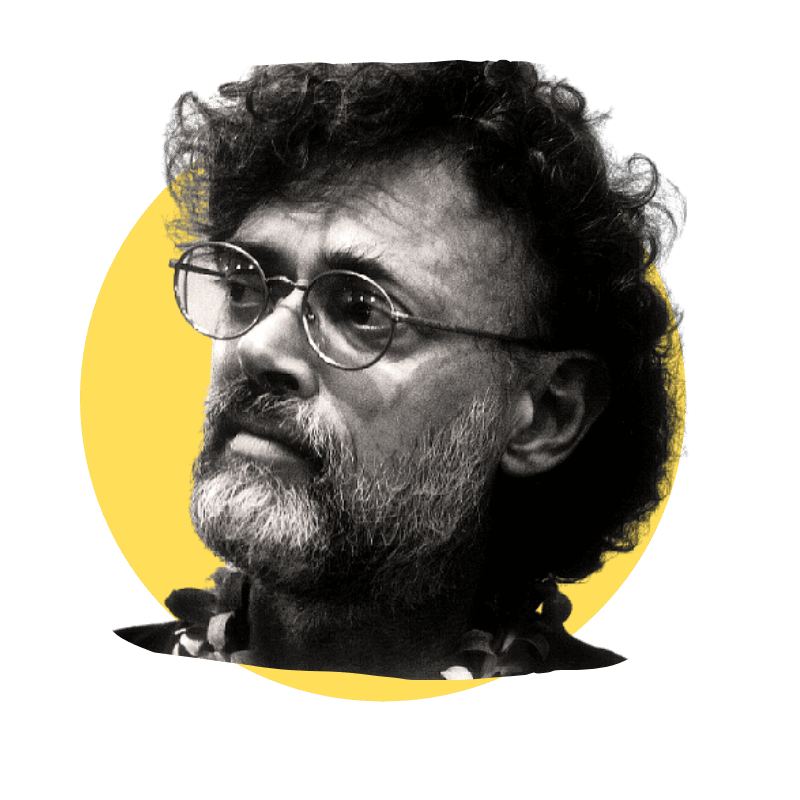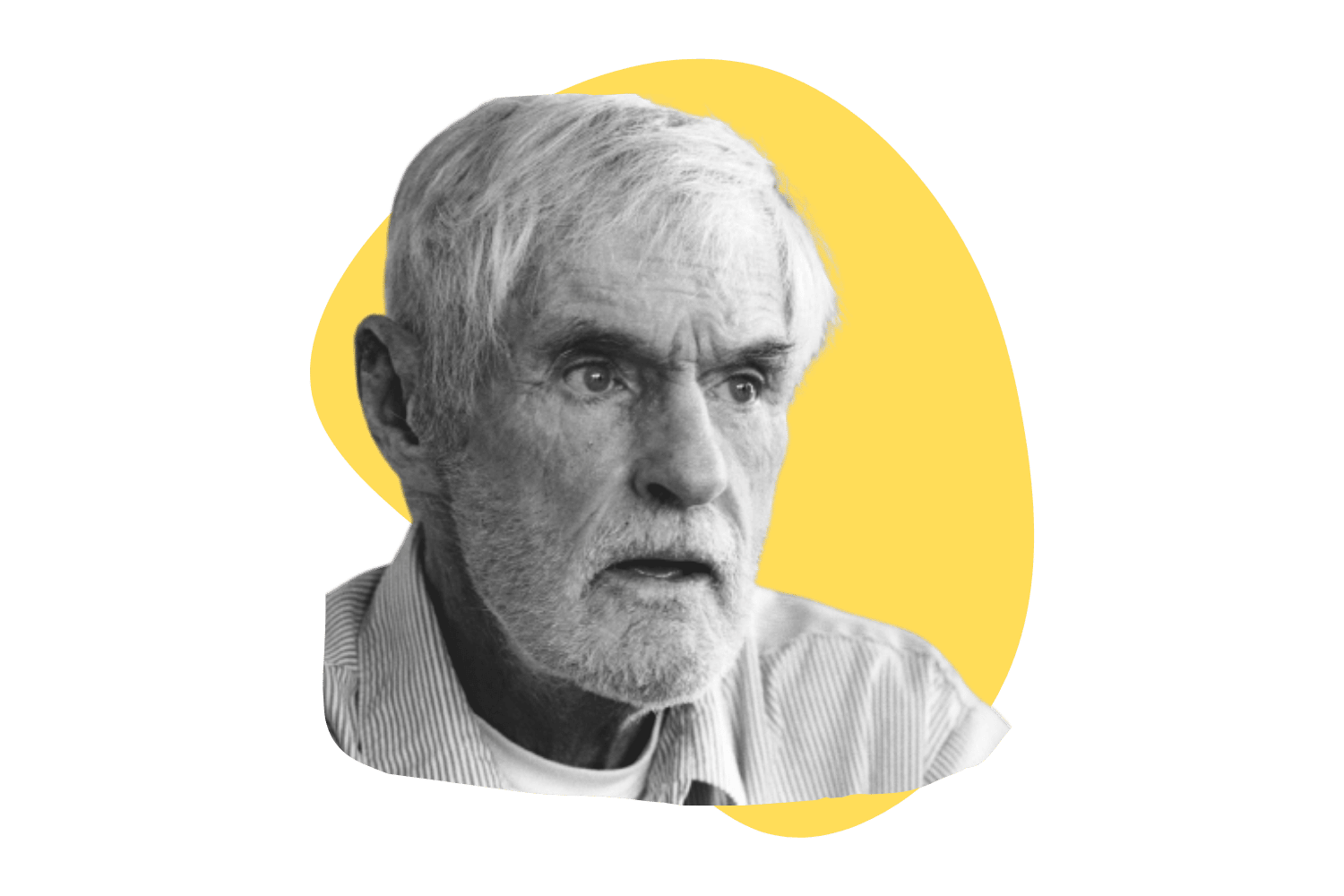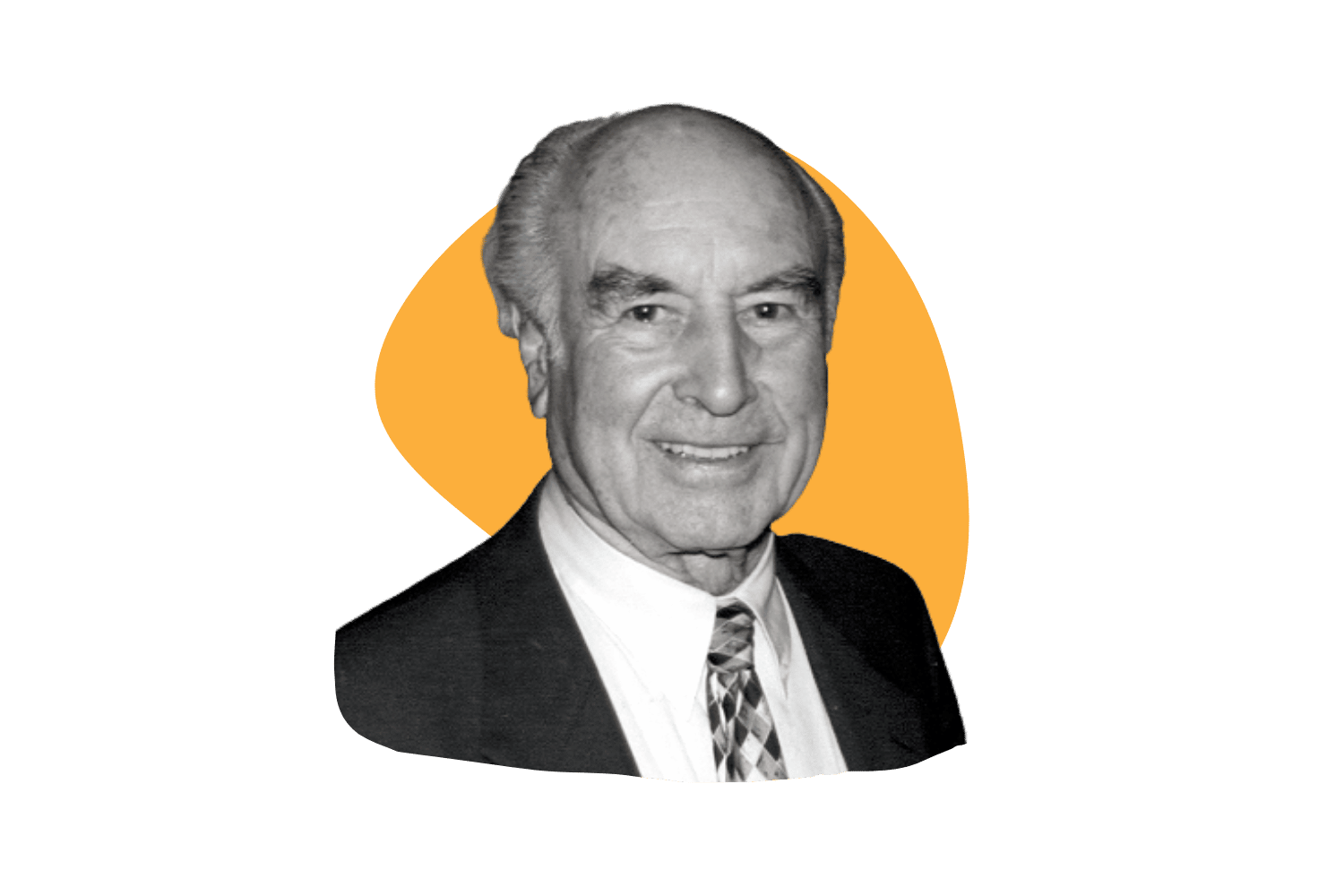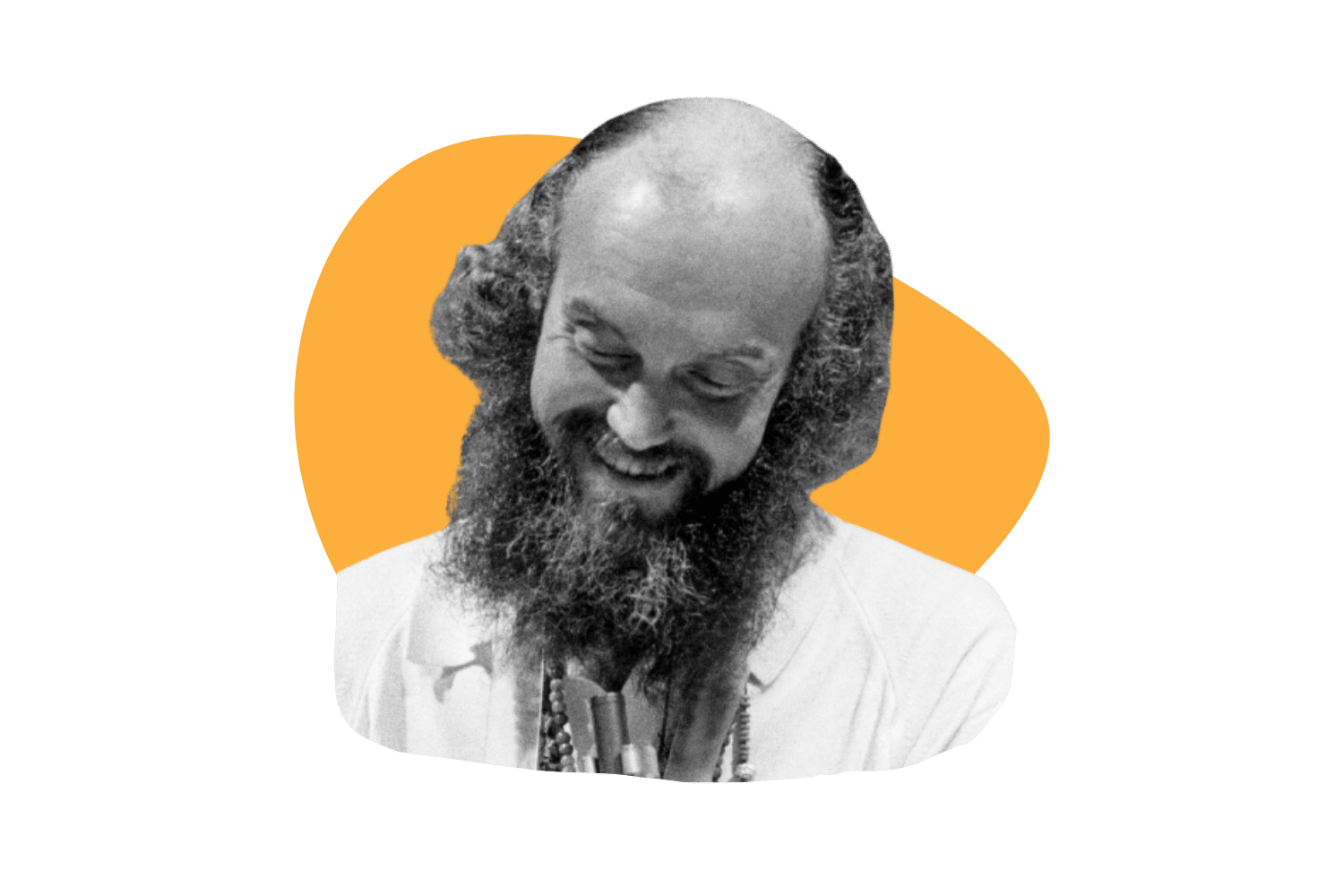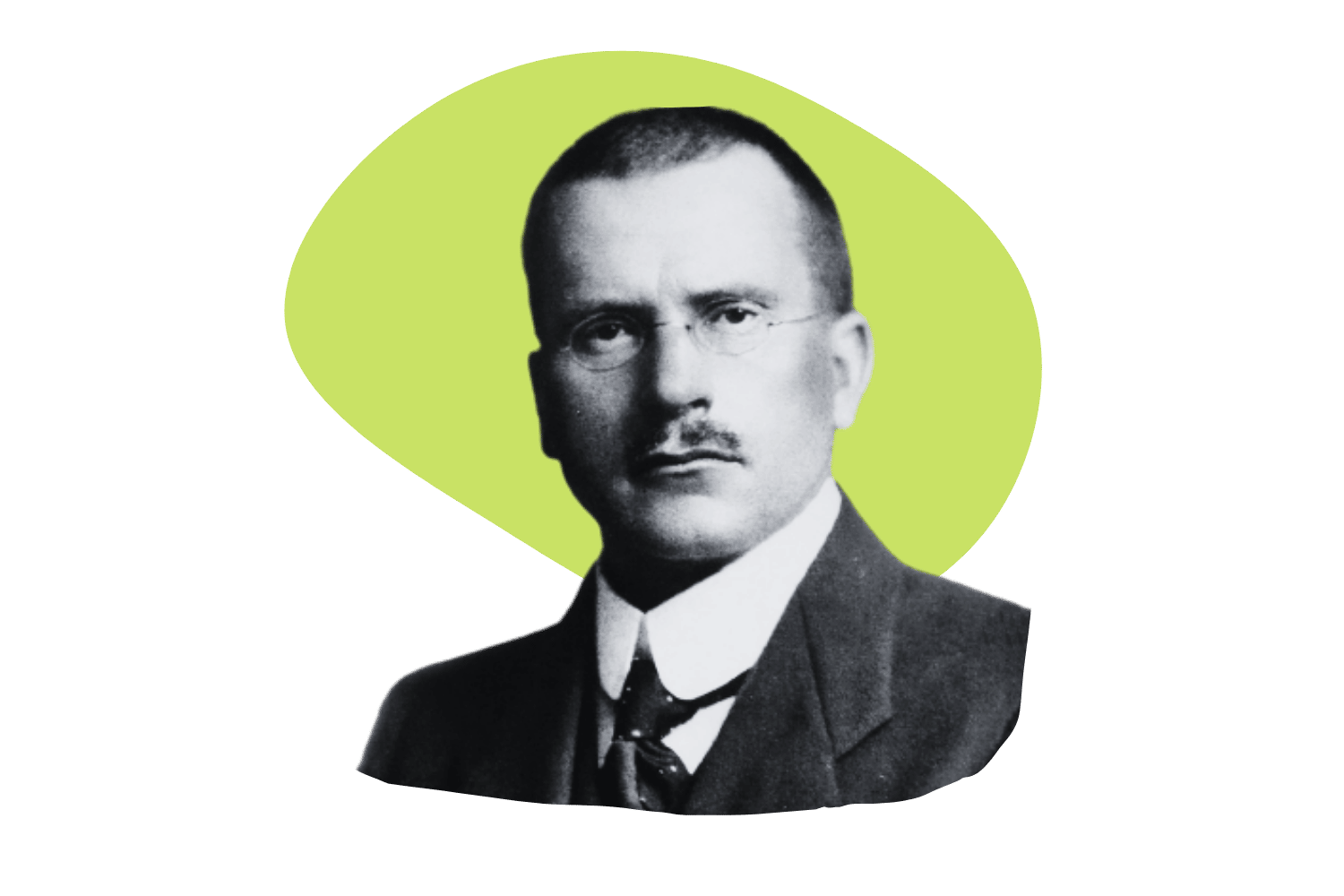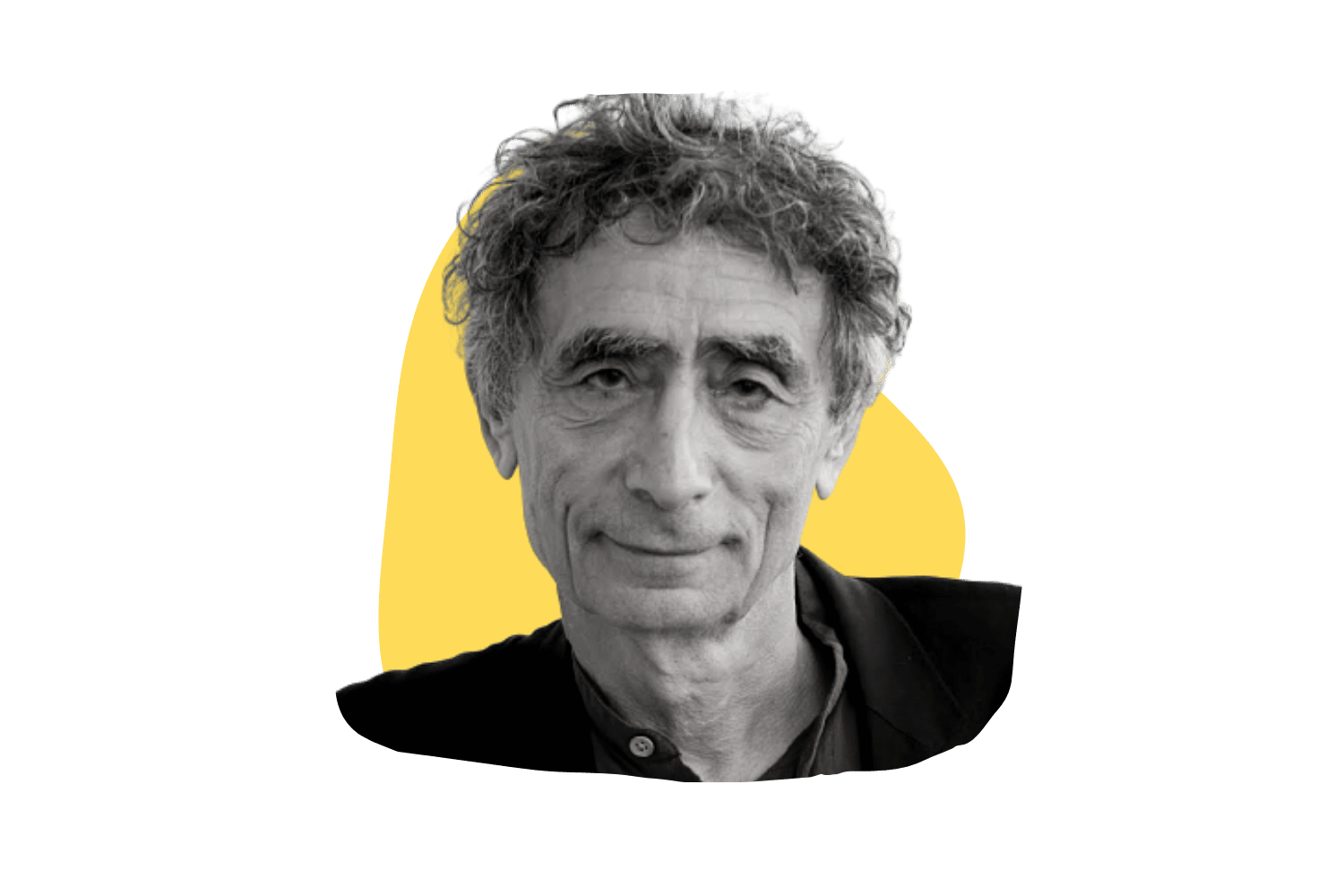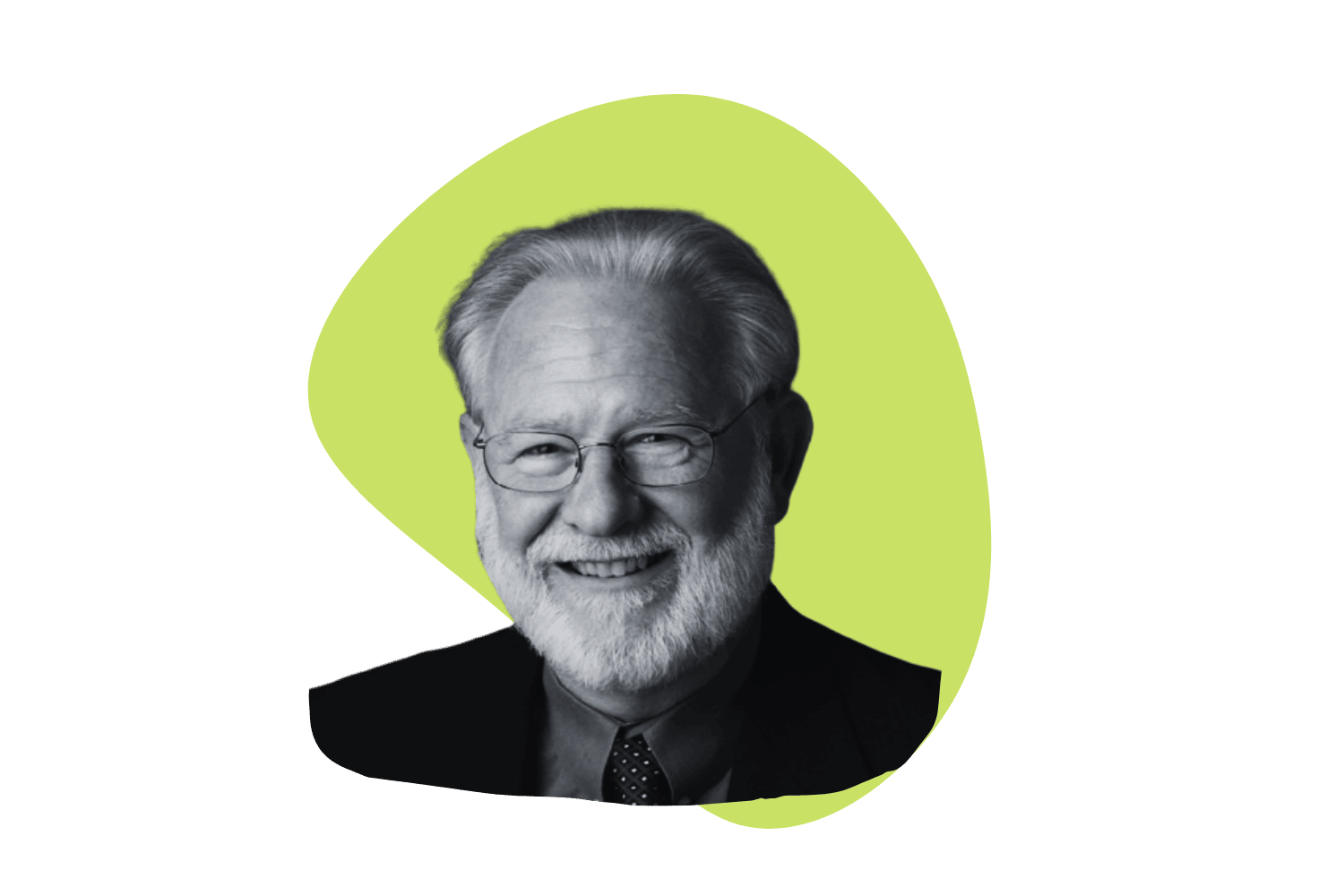25 Of the Most Influencial Leaders In the Psychedelic Space
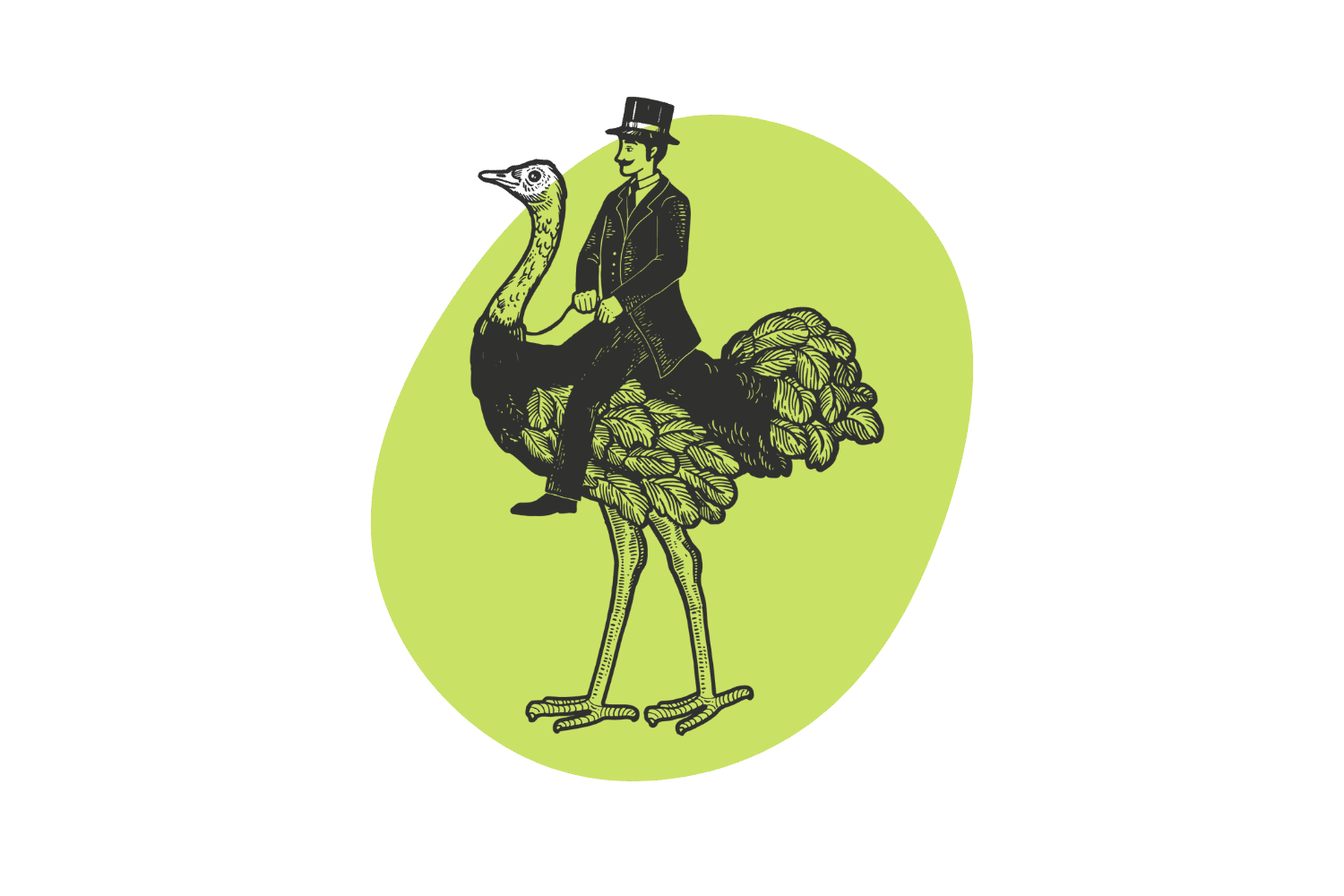
Psychedelics have had a major impact on our understanding of human consciousness, mental illness, and happiness.
Many of the greatest thinkers of our time owe a great deal of their insight and inspiration to a psychedelic experience — usually involving LSD, magic mushrooms, or mescaline.
Here’s a collection of the most impactful figures in the world of psychedelics over the last several decades, along with their role, their greatest accomplishments, and some of their most relevant lectures or writings on the topic of psychedelics.
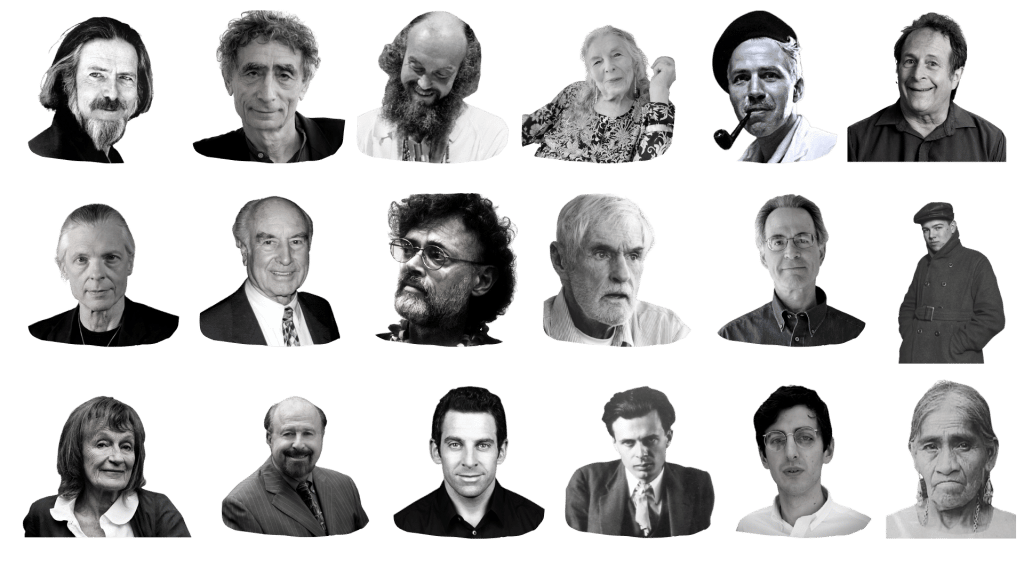
The Prohibition Era: 1800–1971
1. Albert Hofmann
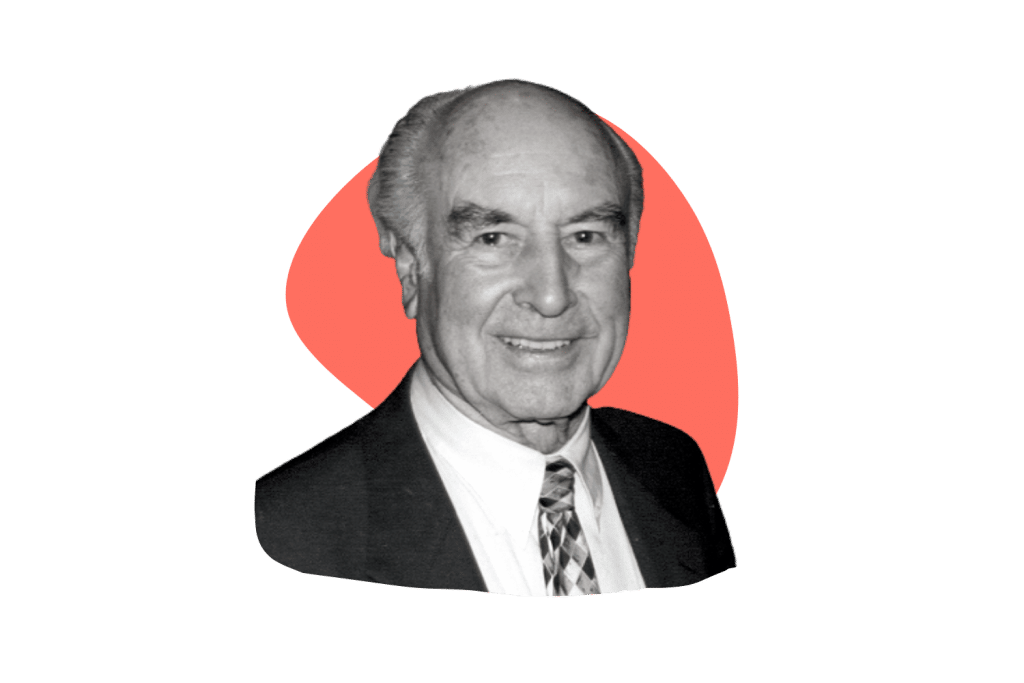
Albert Hofmann (1906–2008) was a Swiss chemist responsible for synthesizing LSD (lysergic acid diethylamide) for the first time.
He discovered LSD accidentally while searching for new pharmaceuticals from a species of grain fungus called ergot. He was working for the Swiss pharmaceutical giant Sandoz Laboratories.
After accidentally exposing himself to LSD and engaging in the world’s first LSD trip, he shifted focus and began studying the substance in much more detail — eventually leading to the discovery, isolation, and synthesis of psilocybin — the active ingredient in magic mushrooms.
Hoffmann referred to LSD as “medicine for the soul” and strongly contested the prohibition of the substance.
2. Maria Sabina
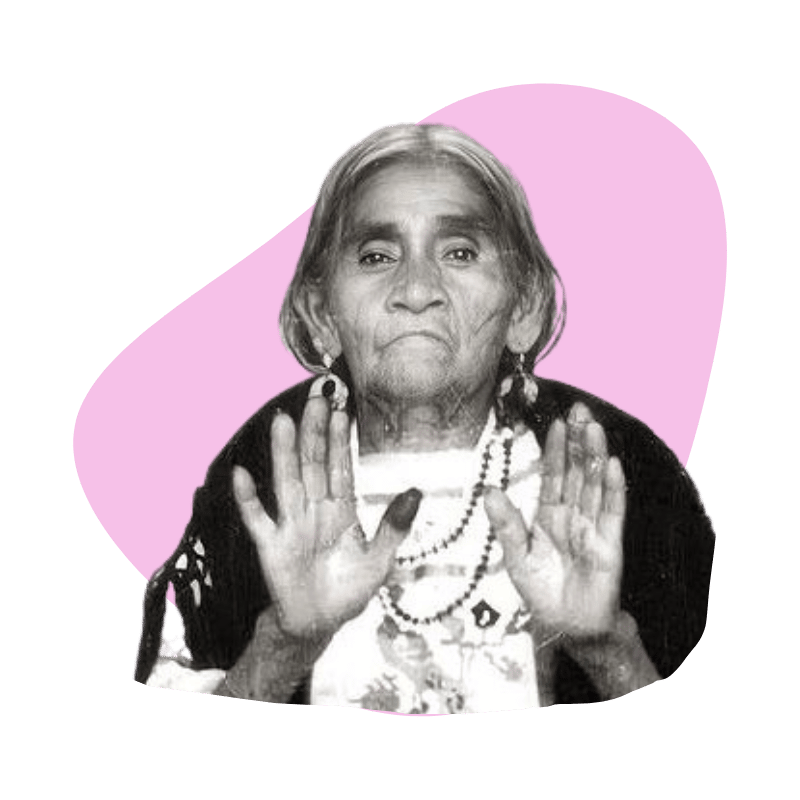
Maria Sabina was a Mazatec curandera in the town of Huautla de Jiménez, Mexico. She often used psilocybin-containing mushrooms in her practice and became famous after allowing the Westerner R. Gordon Wasson and his wife to partake in one of her ceremonies in 1955. This ultimately led to the widespread popularization of psychedelic mushrooms after Wasson wrote a piece in LIFE magazine about his experience.
Sabina is one of the major catalysts for the surge in mainstream psychedelic use — but this was not her intent. Much of the wisdom of Maria Sabina and other traditional shamans have since been cast aside, but these contributions serve as the foundation for the entire psychedelic space and cannot be forgotten.
Also see: List of the Top 10 Most Influential Women in Psychedelics.
3. Carl Jung
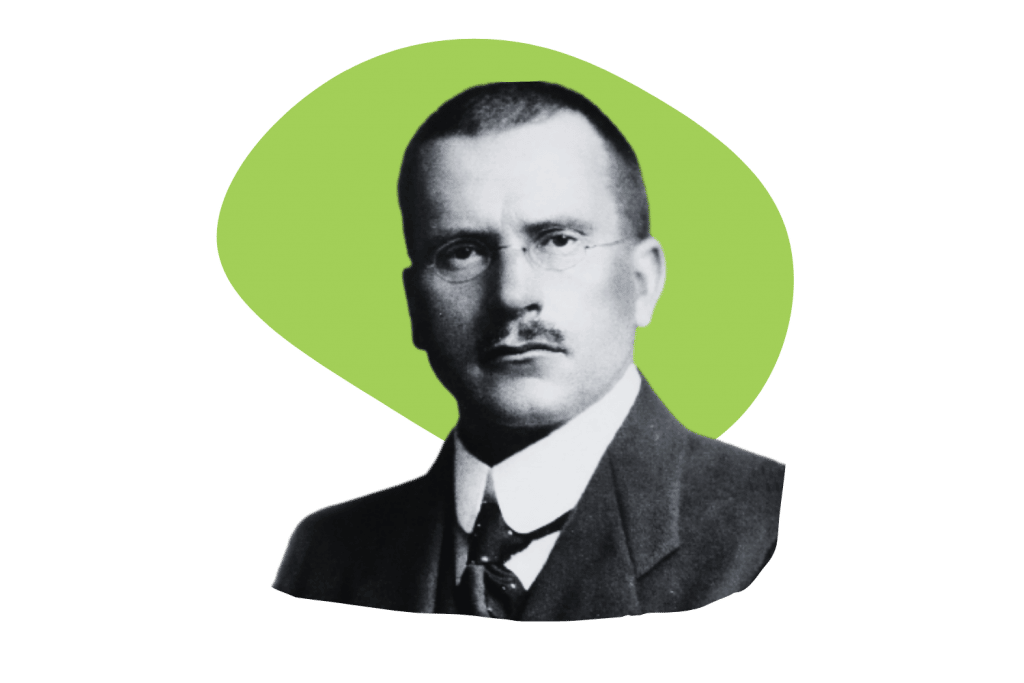
Carl Jung (1875–1961) was a Swiss psychologist and the creator of analytical psychology — a school of thought that was well ahead of its time.
He worked under Freud for many years before branching off to develop his own model of psychoanalysis.
Jung was obsessed with understanding the origin of consciousness and even encouraged his own delirium over the course of several years to better understand it.
This work led to his most prominent body of work mapping out the human psyche. He coined terms like shadow, synchronicity, extroversion/introversion, and the collective unconscious.
4. Sigmund Freud
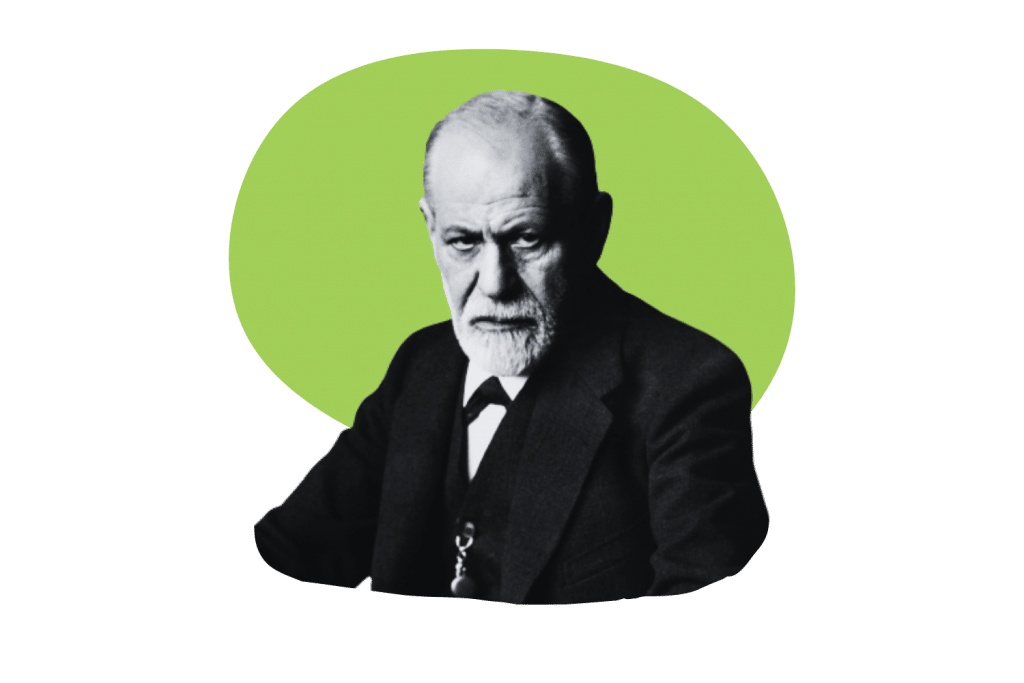
Sigmund Freud (1856–1939) is considered the father of psychoanalysis. He was an Austrian neurologist who spent the greater part of his career delving into the mysteries of the human psyche.
Many of his ideas have been contested, but his theories remain a pillar in the field of psychology today.
5. Aldous Huxley
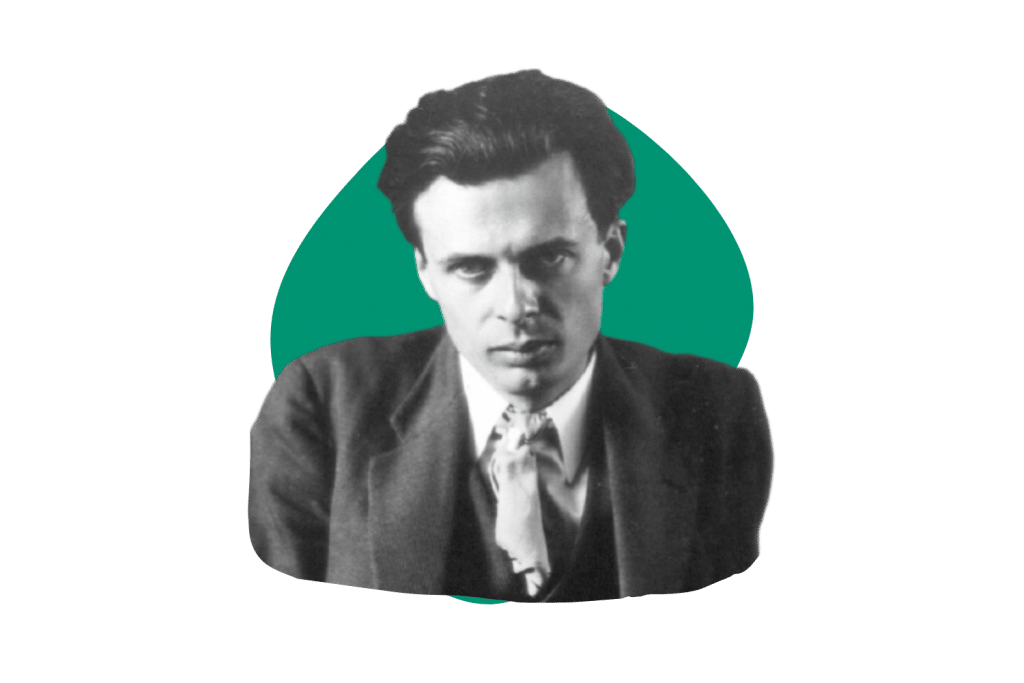
“When we see a rose, we immediately say, rose. We do not say, I see a roundish mass of delicately shaded reds and pinks. We immediately pass from the actual experience to the concept”.
Aldous Huxley (1894–1963) was a British author and philosopher. He was the author of The Doors of Perception — which is heralded as being one of the most influential books of the psychedelic revolution throughout the 1960s. He’s written several books inspired by his use of psychedelics, particularly mescaline and LSD. In total, Huxley authored over 50 books.
Some of his other notable works include Heaven and Hell and Island. Unrelated to psychedelics, Huxley was the author of A Brave New World.
On his deathbed, Huxley was injected with 100 micrograms of LSD as a way to help him transition into death.
6. Norman Zinberg
Norman Zinberg (1922–1989) was a psychoanalyst and psychiatrist who spent a large portion of his career studying addiction. He authored the book Drug, Set, and Setting: The Basis for Controlled Intoxicant Use — which highlights how our relationships to various substances are affected by the context and mindset we have while using them.
A great deal of his work is now considered fundamental to the concepts behind responsible psychedelic use today.
7. R. Gordon Wasson
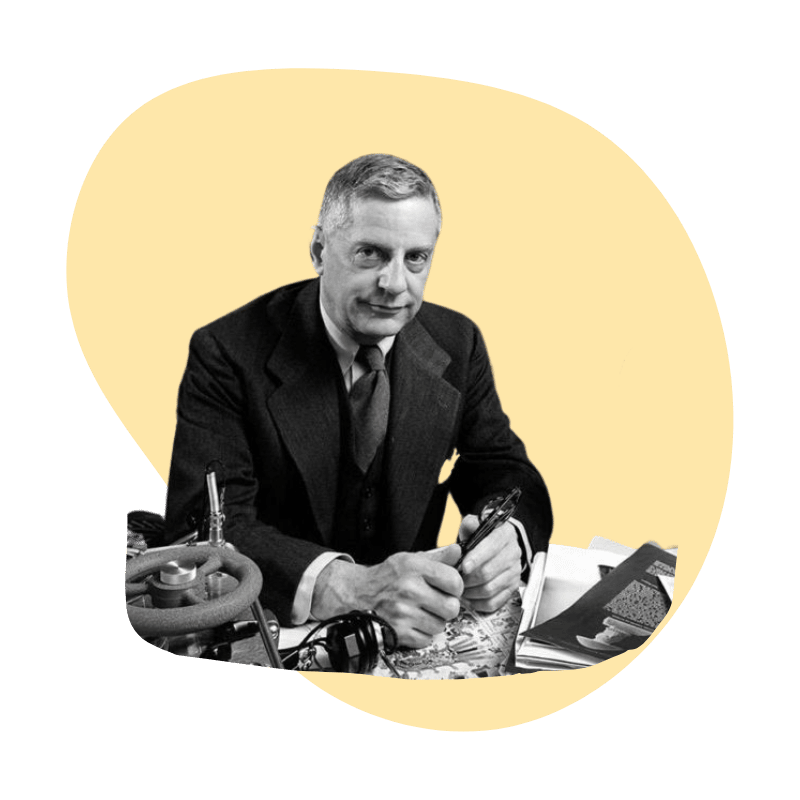
Robert Gordon Wasson (1898–1986) was a prominent author and ethnomycologist. He served as the VP of public relations for J.P Morgan for many years.
With CIA funding, Wasson was a catalyst for the discovery and public interest in the use of psychedelics. He wrote an article in Life Magazine called Seeking the Magic Mushroom in 1957 — which was the inspiration for such people as Timothy Leary and Alexander Shulgin.
8. Timothy Leary
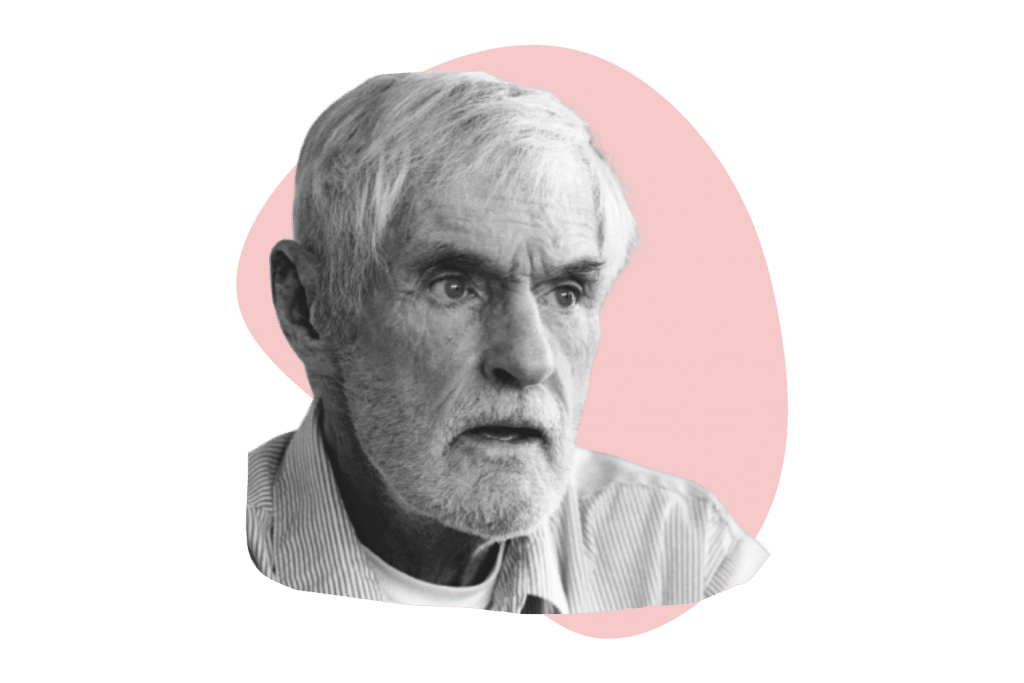
“You’re only as young as the last time you changed your mind”.
Timothy Leary (1920–1996) is considered one of the driving forces behind the psychedelic revolution that occurred during the 60s. He’s considered by many to be a “hero of human consciousness”.
Leary was a professor and clinical psychologist at Harvard University, where he led the Harvard Psilocybin Project from 1960 to 1962. During this time, Leary and his counterpart, Richard Alpert (Ram Dass), studied the effects of LSD and psilocybin on graduate students, other members of faculty, and various others. They led two of the most influential studies in the field of psychedelics — The Concord Prison Experiment and the Marsh Chapel Experiment.
After he was fired from Harvard for breaking the rules imposed during these studies, he went on to become a huge proponent of the use of psychedelic substances by the mainstream public. He’s attributed with coining the terms “turn on, tune in, and drop out” as well as “set and setting”.
He also developed the eight-circuit model of consciousness.
Leary was labeled “the most dangerous man in America” by President Nixon and spent time in 36 prisons worldwide.
9. Baba Ram Dass (Richard Alpert)
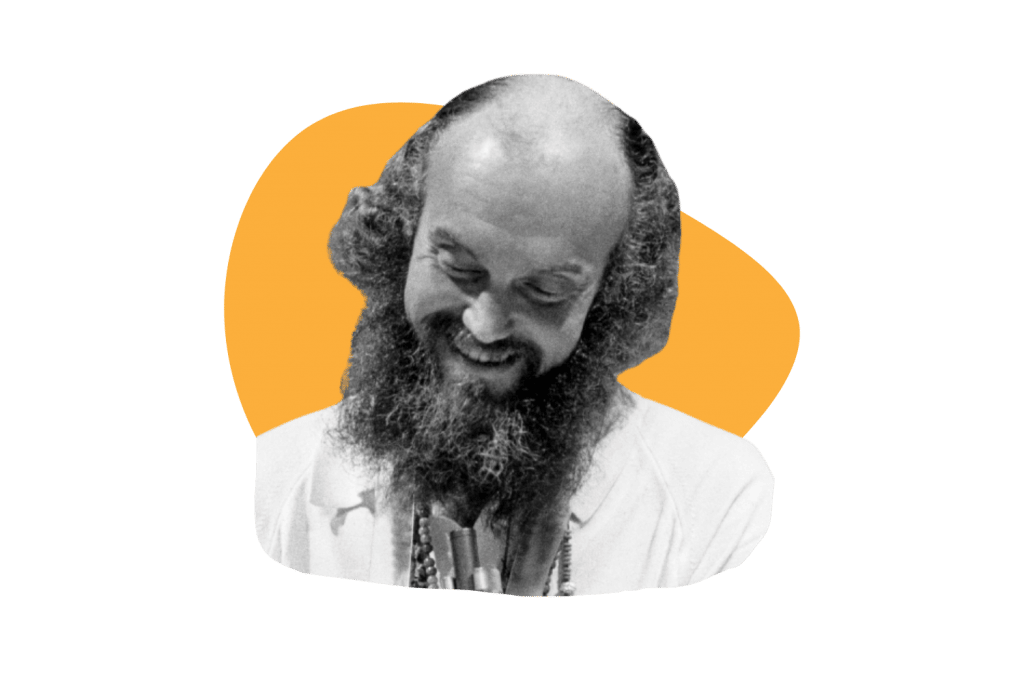
Suffering is part of our training program for becoming wise.”
Ram Dass (1931–2019) was born Richard Alpert. He was an American spiritual teacher, psychologist, and assistant clinical psychology professor. He was involved with the Harvard Psilocybin Project along with Timothy Leary from 1960 to 1962. He’s credited for his role in “The Good Friday Experiment,” which was the first controlled, double-blind study on the role of psychedelic drugs and the mystical experience.
After both Leary and Alpert were fired from Harvard, Alpert traveled to an ashram in India, where he became a disciple of Hindu guru Neem Karoli Baba. His guru gave him the name Baba Ram Dass, which he used for the remainder of his life.
Ram Dass published several books on the topics of spirituality, all of which were inspired by his early exposure to psychedelics. His most famous book, Be Here Now (1971), is considered a seminal text in the fields of Easter spirituality.
10. Ralph Metzner
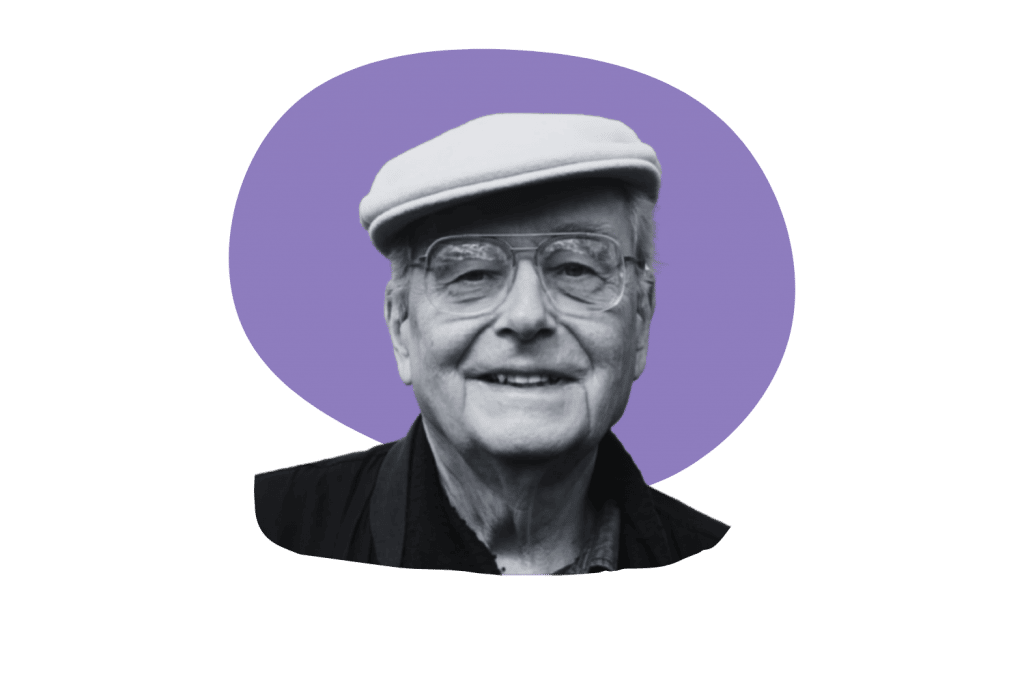
Ralph Metzner (1936–2019) was a psychologist, writer, and researcher who took part in the iconic Harvard Psilocybin Project alongside Timothy Leary and Richard Alpert (Ram Dass).
He later worked as a professor Academic Dean, and Academic Vice-President at the California Institute of Integral Studies (CIIS) in San Francisco — which now serves as the leading school for psychedelic-assisted psychotherapy.
11. Alan Watts
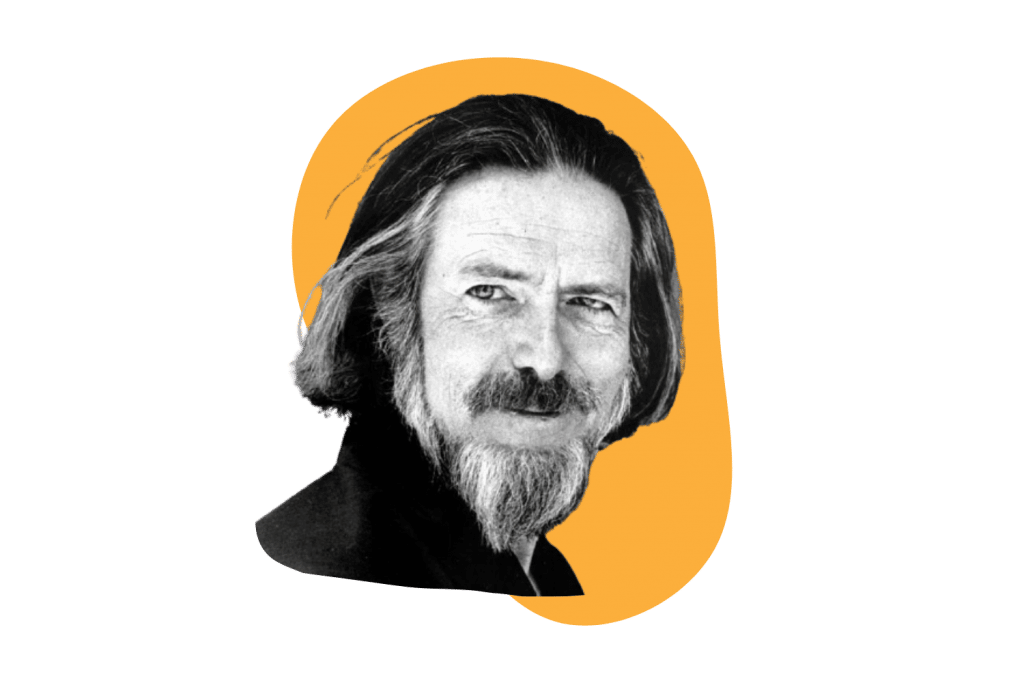
Alan Watts (1915–1973) was revered for his ability to take complex Eastern philosophical ideas and translate them for the Western audience. He gave hundreds of lectures over the course of several decades — primarily on religion, ego, Buddhism, Taoism, and other philosophies.
His teachings suggested that the meaning of life was that there is no meaning. But rather than use this knowledge as an excuse to give up, it allows us to live more attentively in the present moment.
Like many prominent thinkers in the 1960s, Watts was a proponent of psychedelics. He advocated for the use of LSD for the purposes of psychotherapy and wrote at least two books inspired by his experience with psychedelics — The New Alchemy and The Joyous Cosmology.
Watts was also known for initiating each of his seven children with LSD on their 18th birthdays.
12. Alexander Shulgin
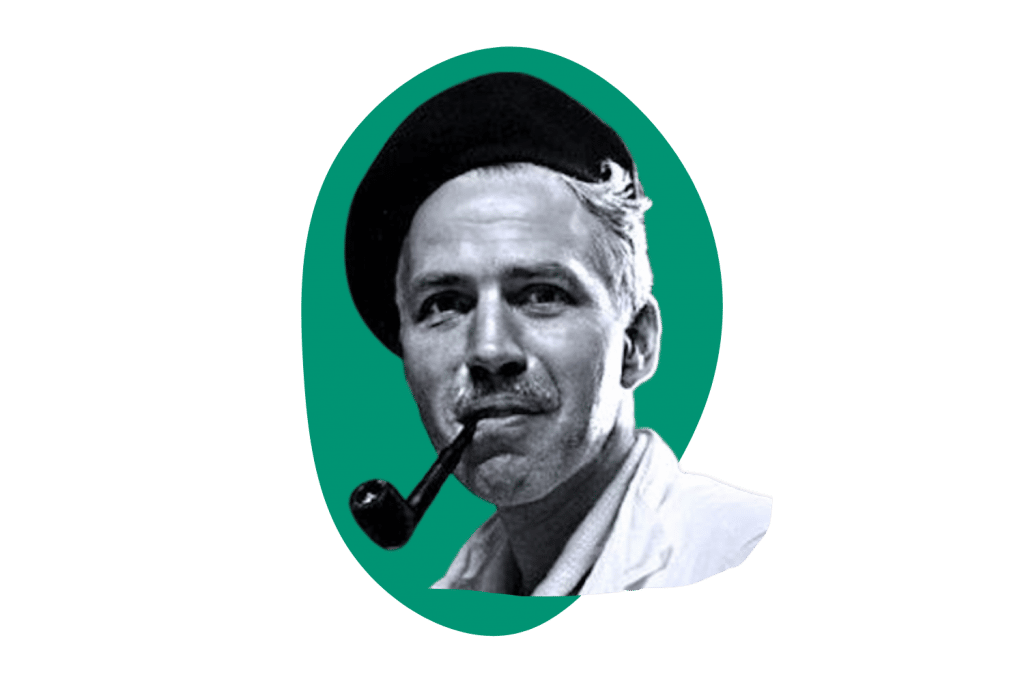
Alexander Shulgin (1925–2014) is considered the “godfather of psychedelics”. He was an organic chemist, pharmacologist, and author. He was incredibly intelligent and was recognized as a member of Mensa.
Shulgin once claimed that his experience with mescaline helped him realize the existence of a deeper world behind our physical bodies, which is merely catalyzed by chemicals. He made it his mission to uncover new psychedelic substances.
From 1991 to 1997, he and his wife, Ann Shulgin, developed and cataloged over 230 psychoactive substances. They compiled their findings into two books — PIHKAL and TIHKAL (phenethylamines and tryptamines I Have Known and Loved). Shulgin’s work directly led to the field of designer drugs and research chemicals.
Shulgin’s most famous discoveries were MDMA, 2C-B (and other 2C substances), and DOMs.
13. Ann Shulgin

Ann Shulgin was one of the main influences behind the early days of MDMA-assisted psychotherapy. Her early experimentation with the substance, along with her passion for Jungian principles, has been a major contributor to current-day MDMA-assisted psychotherapy.
Ann Shulgin’s work can be read in her and her husband’s books, PiHKAL, and TiHKAL, which are a combination of trip reports involving Alexander Shulgin’s many psychedelic creations, and an autobiography of the duo’s life and relationship.
14. Leo Zeff
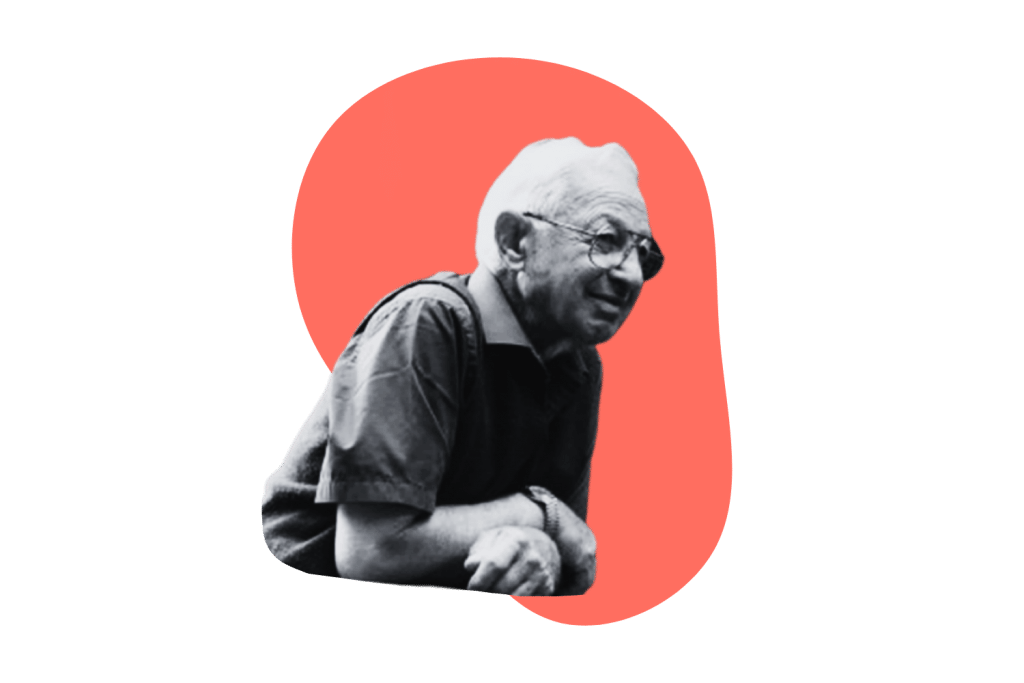
Leo Zeff (1912–1988) was an American psychologist and one of the first people to integrate psychedelics into his practice. He pioneered the use of MDMA, LSD, and psilocybin in the field of psychotherapy.
Zeff was working as a Jungian therapist when he first started using LSD in his practice, and developed protocols to employ the substance effectively with this model of psychotherapy.
After being introduced to MDMA by Alexander Shulgin, Zeff immediately began using and popularizing the substance with other members of his profession.
15. Alex Grey
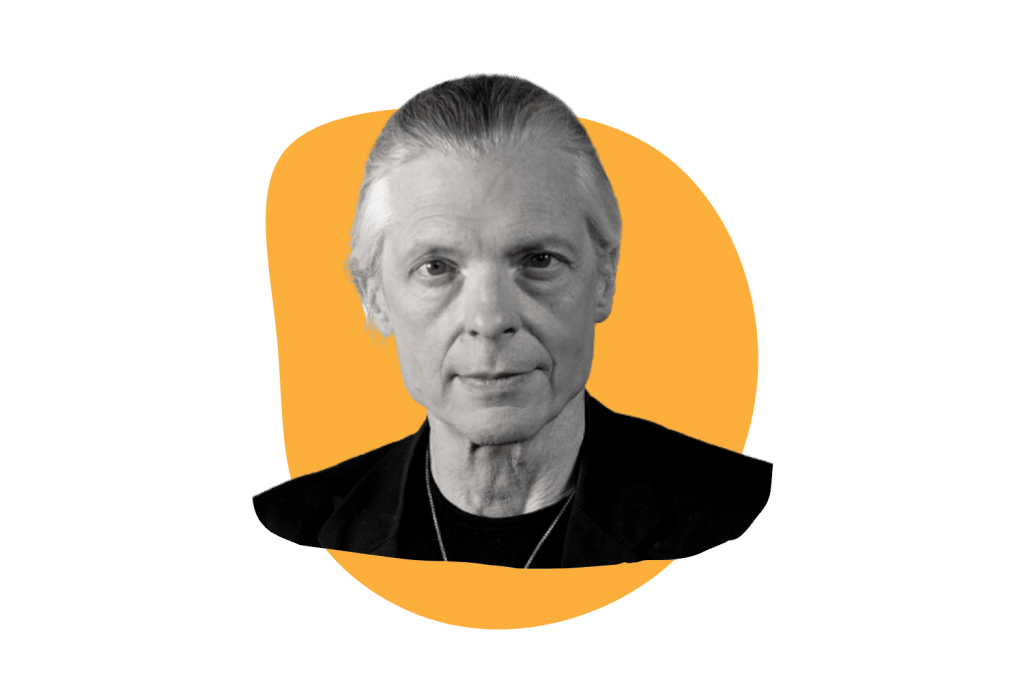
Alex Grey is an American artist, teacher, author, and Vajrayana practitioner. His work is characteristically psychedelic.
Many of his pieces pull from concepts deeply rooted in the psychedelic experience — changes in perception, surrender to a higher power, psychodynamic visions, ego, birth, death, and rebirth, archetypal mythic figures, chakras, cosmic unity, void, and higher states of consciousness.
He attributes his use of entheogenic substances to transforming his creative process into what it is today.
Alex Grey lists the creative process as follows:
- Formulation — the discovery of the artist’s subject or problem.
- Saturation — a period of intense research on the subject/problem.
- Incubation — letting the unconscious sift the information and develop a response.
- Inspiration — a flash of your own unique solution to the problem.
- Translation — bringing the internal solution to outer form.
- Integration — sharing the creative answer with the world and getting feedback.
16. Terence McKenna
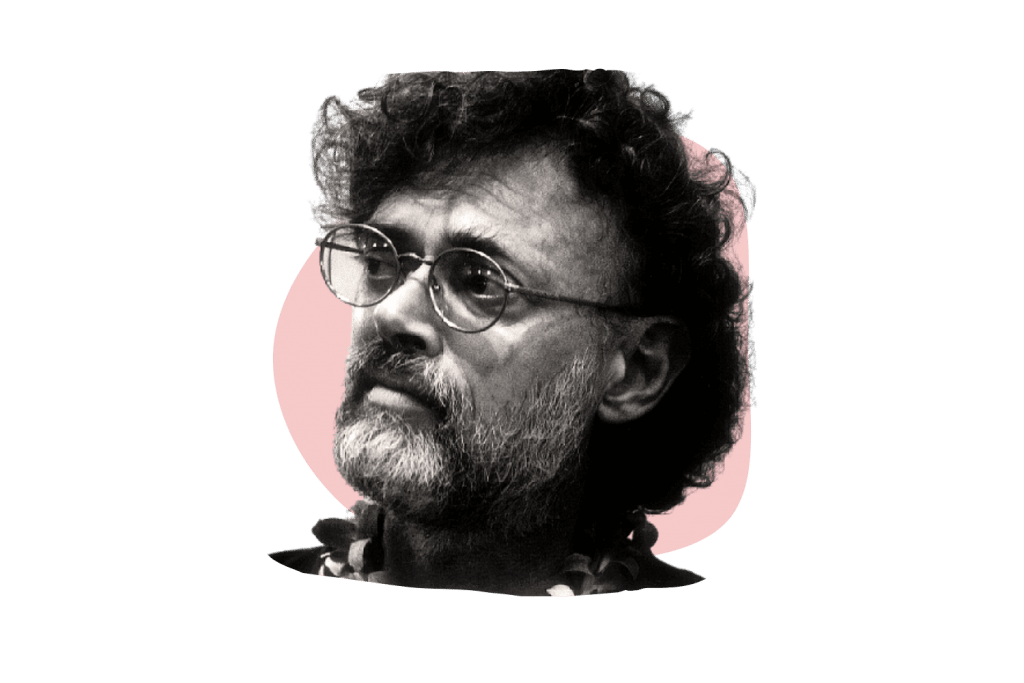
Terence McKenna (1946–2000) was an American philosopher, ethnobotanist, and mystic.
He was a strong advocate for the responsible use of psychedelic plants and fungi. He gave hundreds of talks and lectures about various topics related to philosophy, psychedelics, human consciousness, shamanism, language, culture, and metaphysics.
He’s been referred to as the “Timothy Leary of the 90s”.
He eventually died of a rare form of brain cancer. Prior to his death, McKenna was quoted in an interview:
I always thought death would come on the freeway in a few horrifying moments, so you’d have no time to sort it out. Having months and months to look at it and think about it and talk to people and hear what they have to say, it’s a kind of blessing. It’s certainly an opportunity to grow up and get a grip and sort it all out. Just being told by an unsmiling guy in a white coat that you’re going to be dead in four months definitely turns on the lights. … It makes life rich and poignant.”
→ Terrence McKenna on psychedelics
17. Dr. James Fadiman
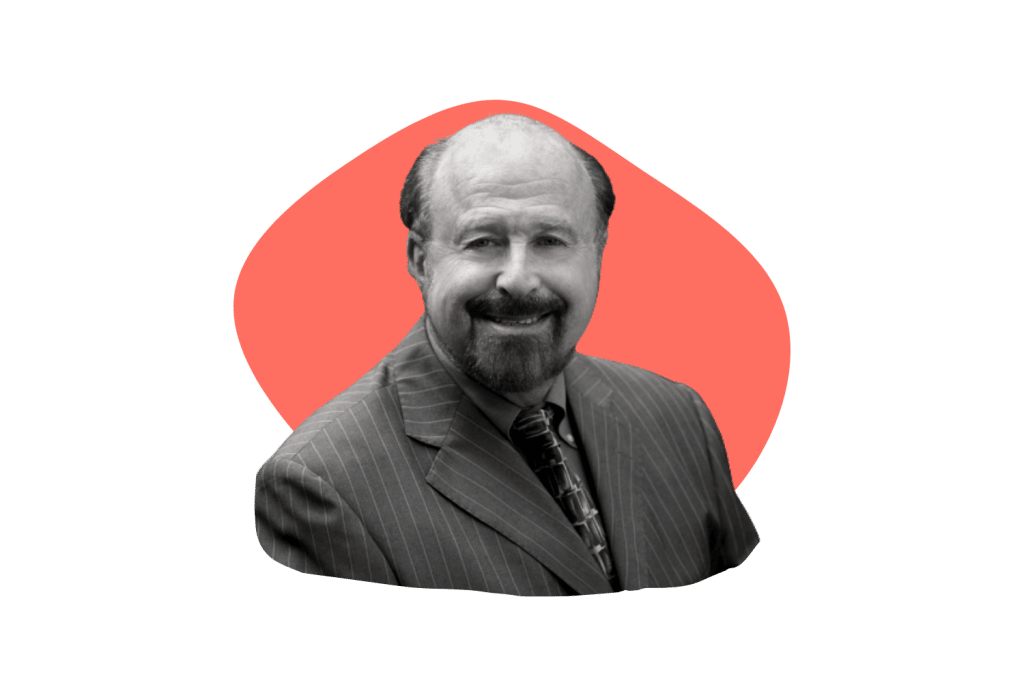
James Fadiman is an American psychologist acknowledged for his extensive work in the field of psychedelic research. He’s been one of the driving forces behind modern psychedelic research on the topics of microdosing and transpersonal psychology.
He’s the author of the book The Psychedelic Explorer’s Guide: Safe, Therapeutic, & Sacred Journeys.
Fadiman realized the benefits of microdosing psychedelics early on but saw the problems with anecdotal evidence using microdoses. He sought to standardize the microdose protocol in an effort to gather more relevant data on the benefits of the practice.
→ Visit James Fadiman’s Website
18. Stanislav Grof
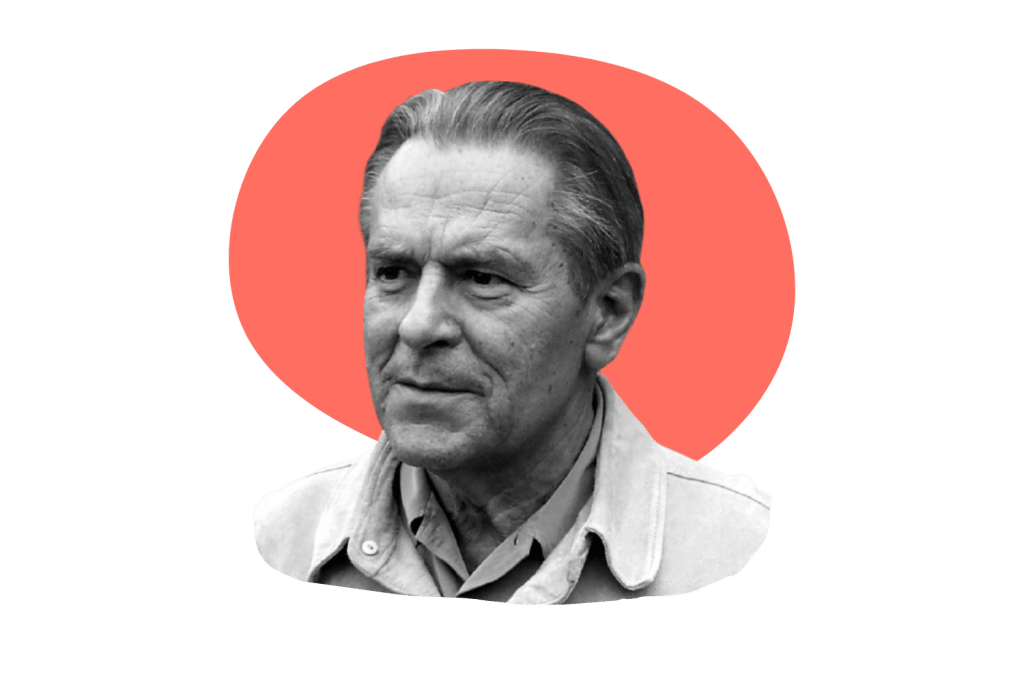
Stanislav Grof (1931–Present) is a Czech-born psychiatrist and the founder of transpersonal psychology and holotropic breathwork.
He’s spent his life researching non-ordinary states of consciousness for the purpose of health and self-growth.
The Psychedelic Rennaisance: 1980–Present
1. Rick Doblin
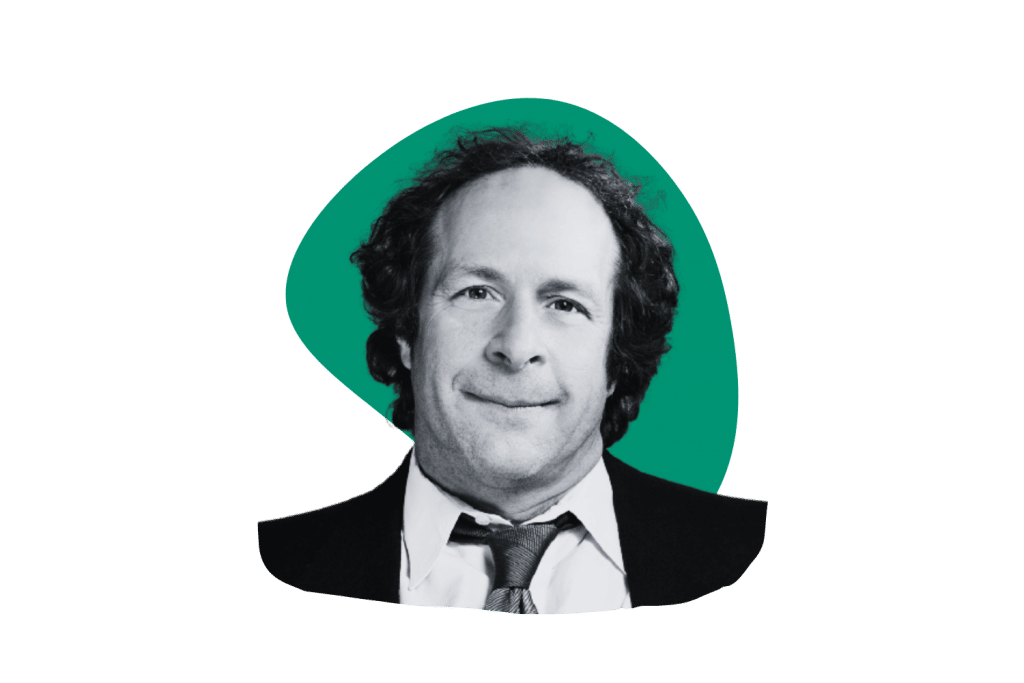
Rick Doblin (1953–Present) is the founder and executive director of the Multidisciplinary Association for Psychedelic Studies (MAPS).
After earning a degree in psychology and a doctorate in public policy, he went to study under Stanislav Grof where he became one of the first certified practitioners of holotropic breathing.
2. Amanda Feilding
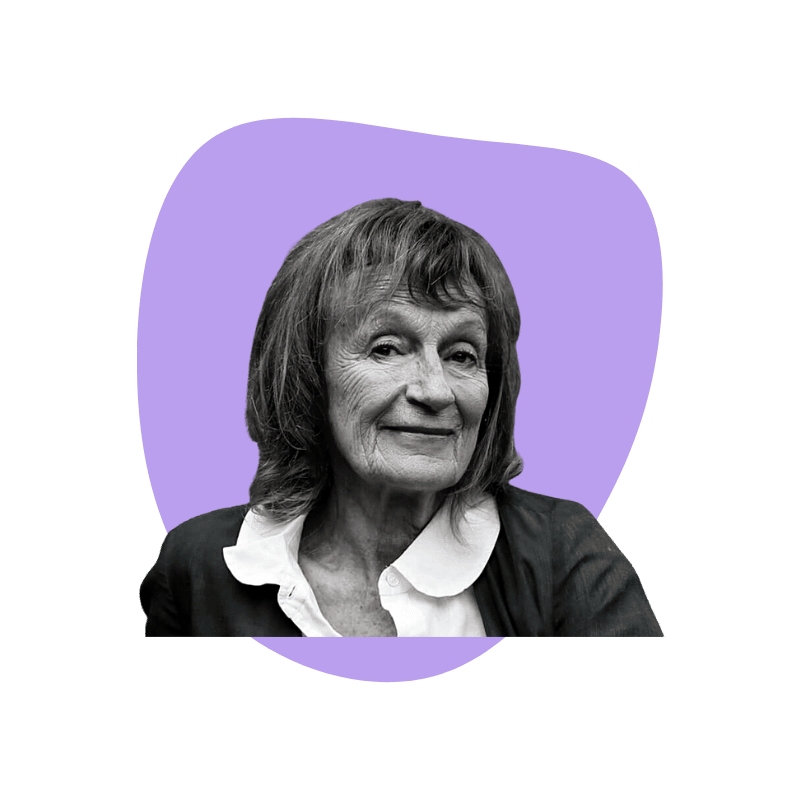
Amanda Feilding is a British aristocrat who has channeled her power and wealth to advocate for psychedelic research. Her contributions have led to policy changes related to psychoactive substances and have enabled hundreds of researchers over the last 40 years to conduct breakthrough research on how these molecules work and what they can be used for.
Feilding is the co-founder of the Beckley Foundation, which is a major source of funding for psychedelic research. She’s co-authored more than 50 academic articles on topics ranging from LSD, magic mushrooms, MDMA, ayahuasca, trepanation, and more.
3. Rick Strassman
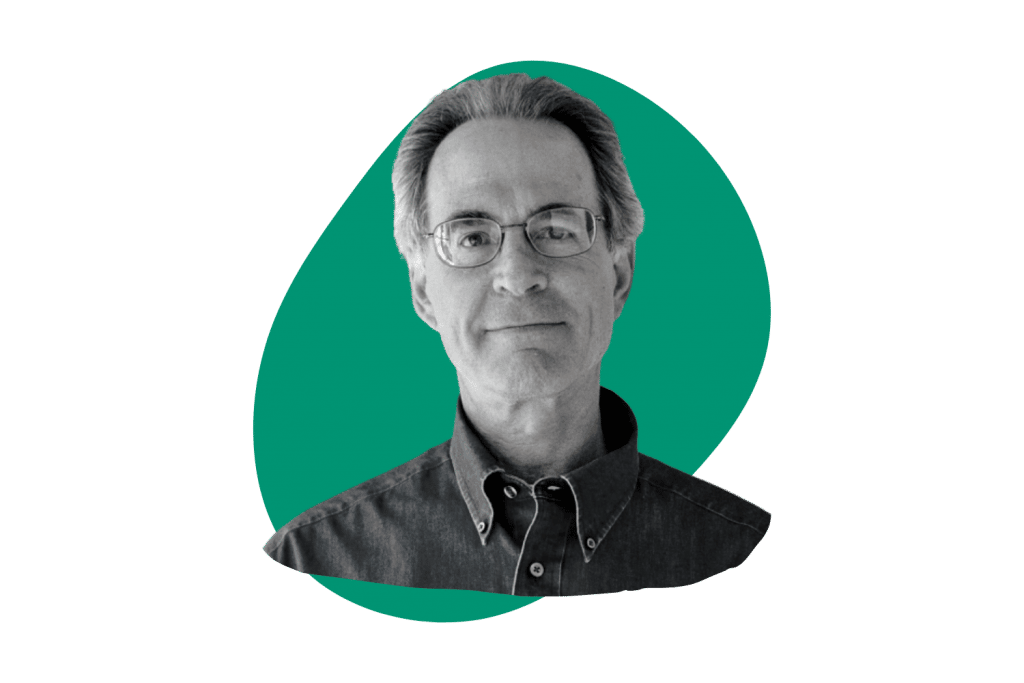
Rick Strassman is a clinical associate professor of psychiatry at the University of New Mexico. He’s credited as the first person in the United States to conduct DMT research in human patients. The results of his research were compiled in his book DMT: The Spirit Molecule.
Strassman took LSD for the first time in the 1970s, which led him to begin studying Zen Buddhism. He spent 20 years studying Buddhism and was eventually ordained. He led a meditation group for several years.
After his time spent researching DMT, Strassman changed his view. Strassman suggested that the Buddhist model may not be sufficient for explaining and integrating the spiritual dimensions he experienced while using DMT.
4. Paul Stamets
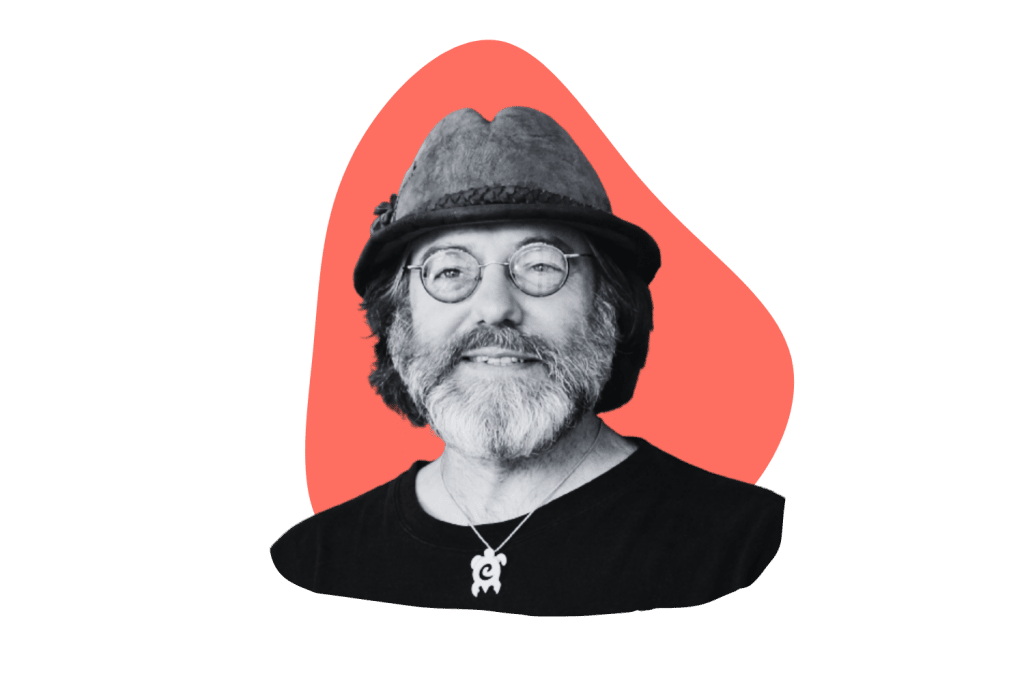
Paul Stamets (1955–Present) is an American mycologist, inventor, author, and entrepreneur. He owns Fungi Perfecti — which is a mycological supply company providing a wide variety of mushroom-based health supplements, growing equipment, and training programs.
5. Dr. Gabor Maté
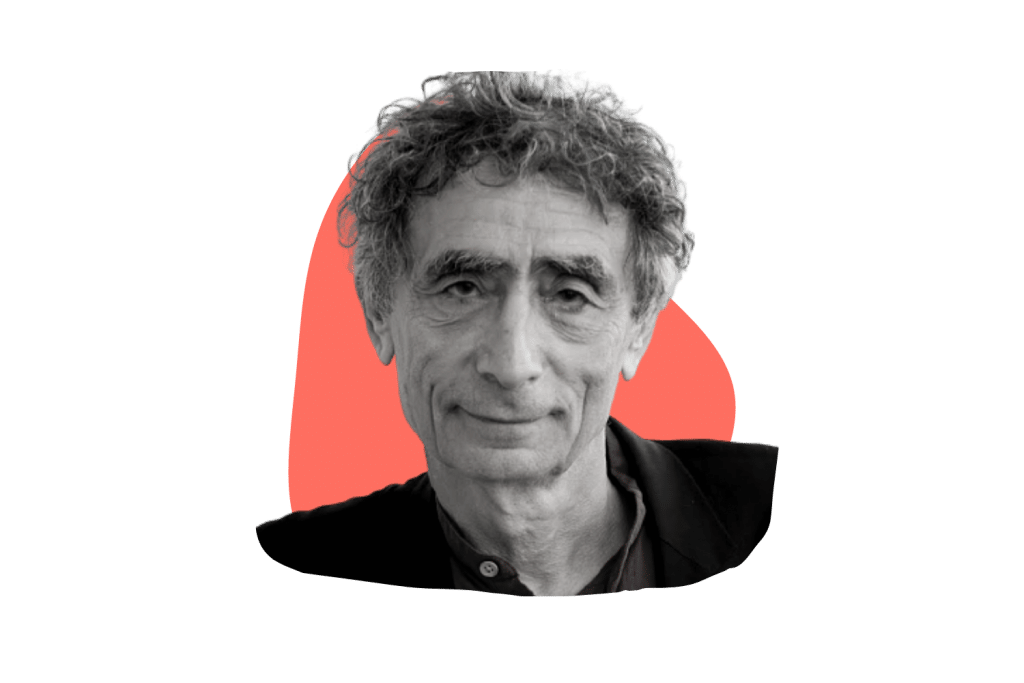
Gabor Maté is a Canadian physician specializing in addiction, childhood development, and trauma. He worked with the marginalized population living on Vancouver’s Downtown Eastside for over a decade, where he gained deep insight into the underlying causes of addiction and human suffering.
Maté has written several books:
- In The Realm of Hungry Ghosts: Close Encounters With Addiction
- Hold On To Your Kids: Why Parents Need to Matter More Than Peers
- When the Body Says No: The Cost of Hidden Stress
- Scattered Minds: A New Look at the Origins and Healing of Attention Disorder
Now retired from clinical practice, Maté speaks extensively on a variety of topics. He’s a strong advocate for the use of psychedelic substances as psychotherapy in the treatment of addiction and mental illness.
→ Gabor Maté on psychedelic therapy.
6. Hamilton Morris
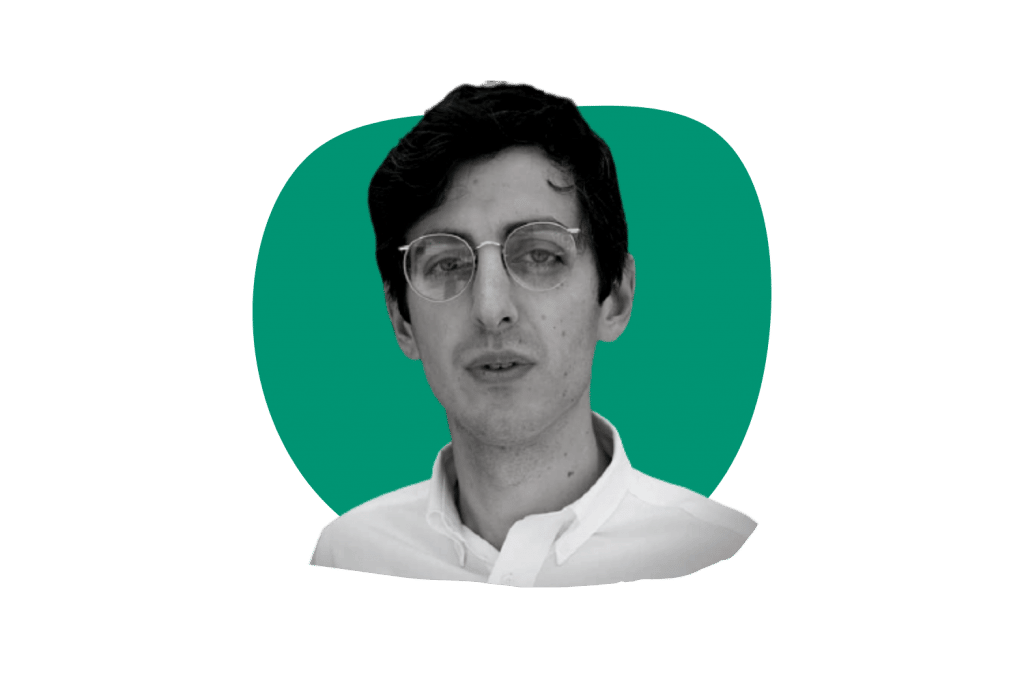
Hamilton Morris is an American journalist best known for his work for Vice Magazine. He started a column called “Hamilton’s Pharmacopeia,” which explores the topics of psychedelics and mind-expanding substances from around the world.
The popular column has since evolved into a dedicated series of documentaries under the same name.
Morris has traveled all over the world conducting interviews with shamans, mystic healers, psychedelic advocates, and critics. He often tries the substances on camera in an effort to help his audience better understand their true nature.
7. Sam Harris
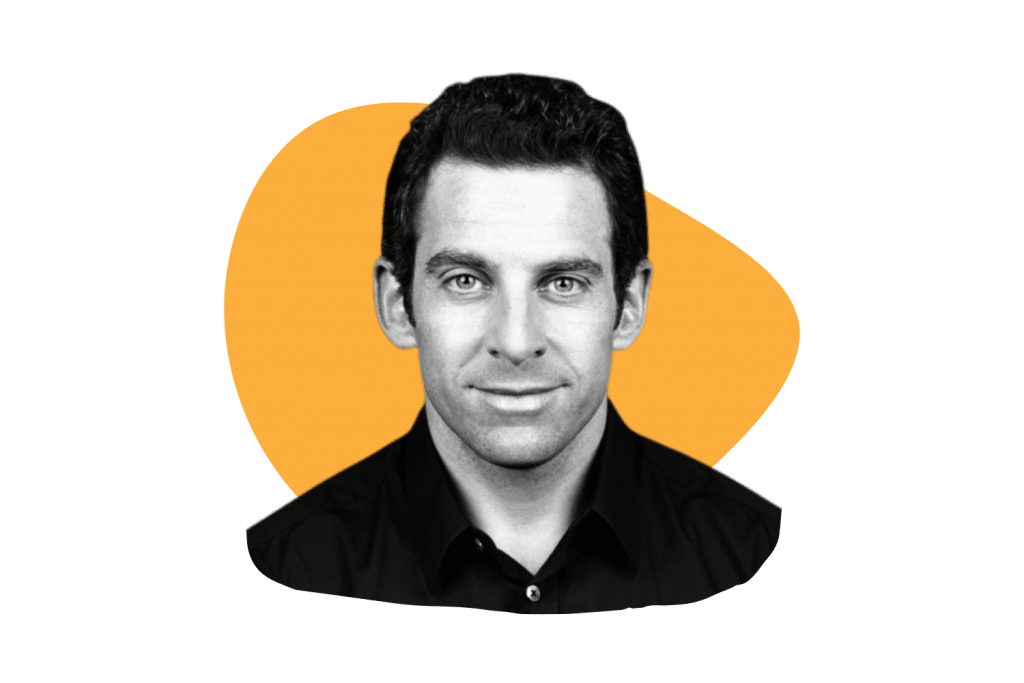
Sam Harris is an American author, philosopher, neuroscientist, and public speaker.
His podcast, Making Sense, explores topics related to human consciousness, religion, meditation, philosophy, neuroscience, politics, and more. Much of his work into human consciousness stemmed from insights Harris gained from magic mushrooms and LSD.
He’s an advocate for the use of psychedelics as a way to better understand the human experience — a subject often discussed on his podcast and in his book Waking Up (2014).
On speaking about his children using psychedelics when they get older — ”But if they don’t try a psychedelic like psilocybin or LSD at least once in their adult lives, I will wonder whether they had missed one of the most important rites of passage a human being can experience.
Subscribe To Get a Weekly Dose of Psychedelics In Your Inbox

